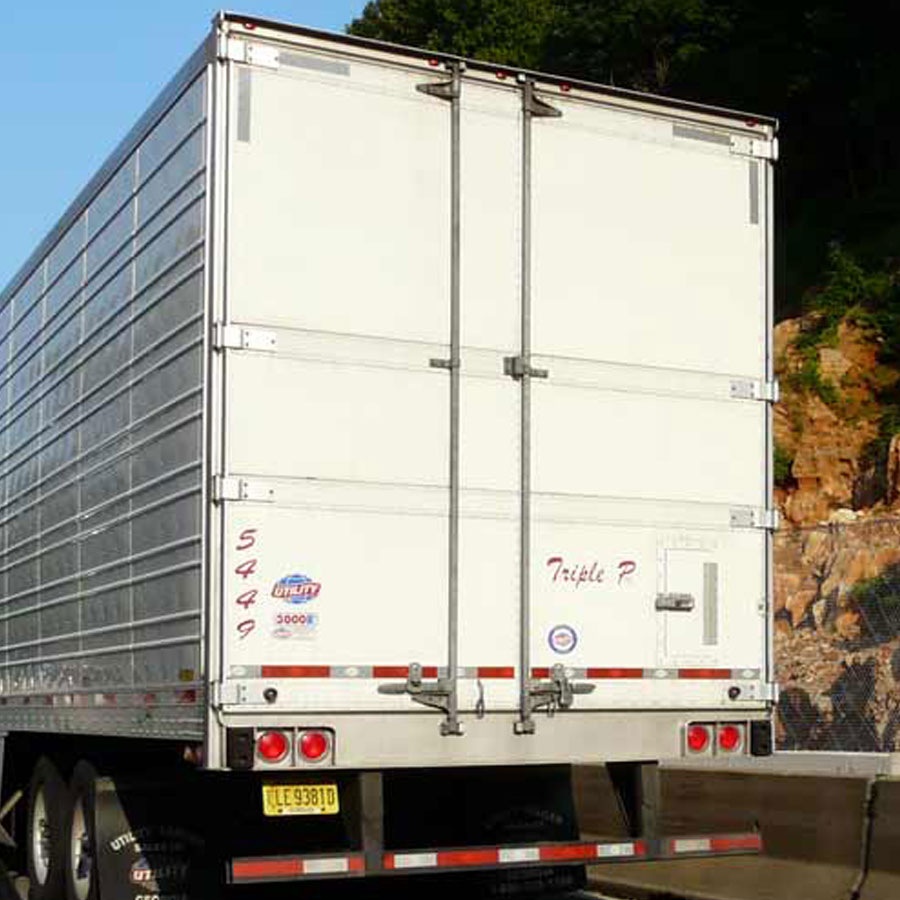Freight-Related Analytics

When done well, freight is nearly invisible. The goal is to move goods cleanly, cheaply, safely, and unobtrusively, posing as little interruption as possible to the communities freight passes through. Improving freight mobility is an immense challenge in this era of increasing population densities, congested transportation networks, and necessary environmental standards. Like many of the academic programs at the University of Tennessee, CTR is deeply rooted in the University’s long-standing commitment to understanding freight transportation and educating new generations of freight industry professionals.
Modal Expertise & Intermodal Awareness
CTR faculty and staff include a number of nationally recognized specialists in individual freight modes. For example, David Clarke is widely recognized for his role in freight railway engineering and railway engineering education. Larry Bray is among a handful of recognized experts in inland waterborne commerce who also specializes in railroad and barge freight transportation.
CTR faculty and staff researchers are heavily engaged in combining individual freight modes in ways that improve all-around social, economic and environmental outcomes. We are engaged in intermodal freight planning efforts throughout the region and across the nation. Activities have included evaluating proposed intermodal facilities, improving intermodal terminal security, and guiding the public policies that bring together public sector and private sector entities in partnerships that promote intermodal freight transportation use.
Freight Transportation & Livable Communities
Goods movement places freight carriers on Interstate highways, city streets, and in backyards across every city, town, and countryside in America. Generally, the goal is to minimize the contact between the public and the truckers, railroads, and barge lines that move freight. However, completely separating freight from other activities is impossible. When freight movement and the more general public can’t be kept apart, the goal becomes to move freight safely, cleanly, and unobtrusively in order to safeguard livable communities.
At the local level, Chris Cherry is working to help cities and towns address the “last-mile” freight issue while David Clarke and Lee Han are working to improve freight transportation safety, particularly on and near freight terminal facilities. Other CTR professionals such as Mareike Ortmann and Matthew Cate work with individual communities to assure they have the freight connectivity they need while preserving the other community attributes they value.
Contact for information on Freight-Related Analytics: 865-974-5255